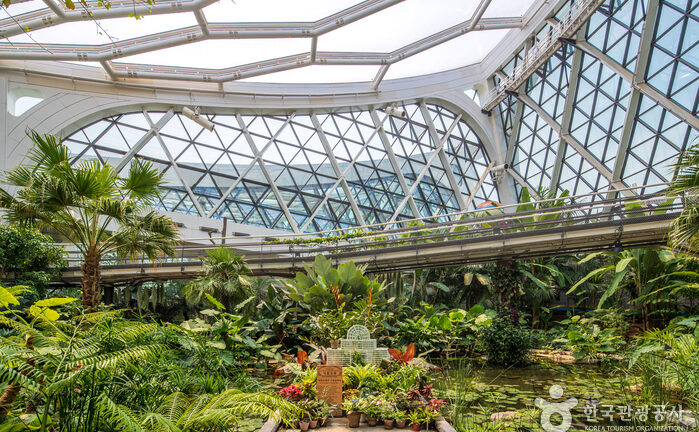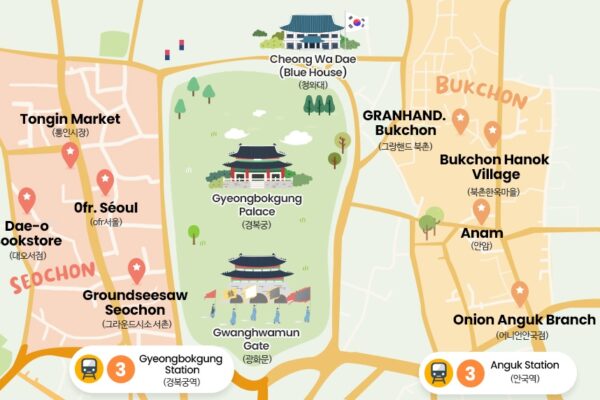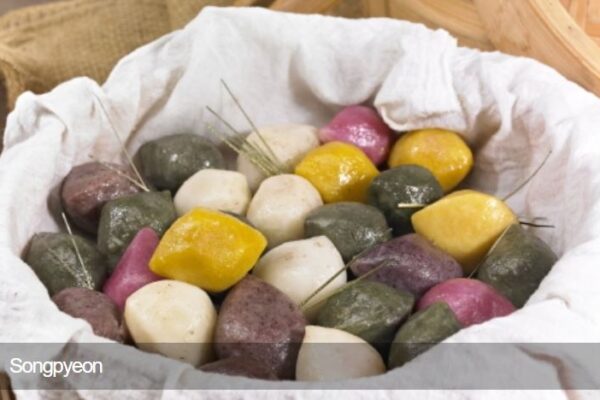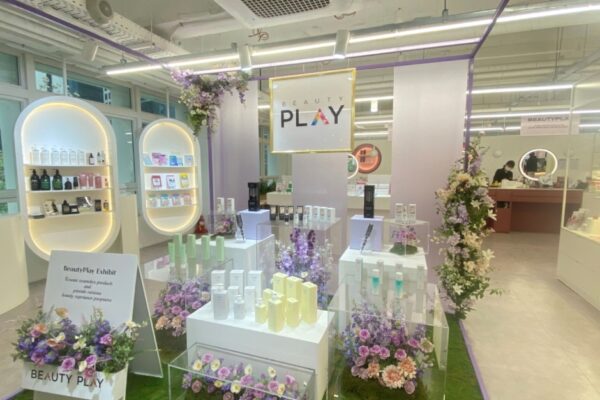Seoul Botanic Park: Your Guide to Korea’s Natural Gem in Magok District, Seoul
Discover Seoul Botanic Park, a stunning blend of nature and innovation in Seoul’s Magok district. Explore themed gardens, the Glass Greenhouse, and scenic trails in this guide covering key attractions, operating hours, entry fees, and tips for visitors. Here are some other recommendable parks here
Introduction to Seoul Botanic Park in Seoul, Korea
Seoul Botanic Park is a beautifully designed botanical garden and eco-park in the heart of Seoul’s Magok district. Opened in 2018, this park provides a refreshing retreat from the busy city life with its vast green spaces, themed gardens, and scenic walking trails. A visit to Seoul Botanic Park is not only about enjoying nature; it’s an educational experience that showcases the biodiversity of different climates worldwide.
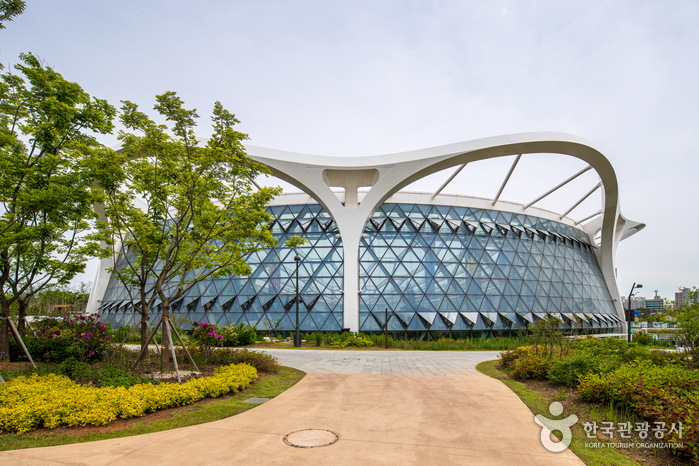
Located on 500,000 square meters, Seoul Botanic Park is divided into four main zones: the Open Forest, Botanic Garden, Wetlands, and Lake Garden. One of its highlights is the expansive Glass Greenhouse, which features two zones dedicated to tropical and Mediterranean plants. Seoul Botanic Park is a must-visit for anyone looking to explore unique flora, enjoy a peaceful environment, or participate in eco-friendly activities.
Layout and Zones of Seoul Botanic Park
The layout of Seoul Botanic Park is designed to represent a harmonious balance between nature and urban life. Here’s a breakdown of its main areas:
- Open Forest: This area is a large, open space filled with trees and grassy areas. It’s perfect for picnics, relaxation, and recreational activities. Families and groups often gather here to enjoy the scenic outdoors.
- Botanic Garden: This is the main highlight of the park, where you can find an impressive variety of plants from around the world. The garden showcases ecosystems from different global regions, organized by geographic zones. From rare tropical plants to hardy Mediterranean flora, the Botanic Garden displays a rich diversity that changes with the seasons.
- Wetlands: The Wetlands area is a fascinating feature of the park, aimed at preserving Korea’s native wetland ecosystem. With plants and wildlife unique to wetland habitats, this section is especially interesting for nature lovers. Observation points along the walking trails allow you to spot native birds, aquatic plants, and other wildlife.
- Lake Garden: A tranquil lake surrounded by lush greenery, the Lake Garden is ideal for peaceful walks and photography. Scenic trails around the lake offer stunning views and a relaxing environment, particularly beautiful in spring and autumn when flowers bloom and leaves change color.
The Glass Greenhouse: A Tropical and Mediterranean Wonderland
The Glass Greenhouse is a remarkable structure in Seoul Botanic Park, home to over 3,100 plant species from around the world. Divided into two main sections—Tropical Zone and Mediterranean Zone—it mimics the natural habitats of plants from these climates.
In the Tropical Zone, you’ll find towering palms, orchids, and rare tropical plants arranged in lush, rainforest-like landscapes complete with waterfalls and wooden bridges. The Mediterranean Zone offers a completely different atmosphere with plants from arid regions, showcasing cacti, succulents, and olive trees.
The greenhouse is not only visually stunning but also educational, helping visitors understand the diversity of plant life and their unique adaptations. Guided tours are available to provide deeper insights into the plant species and design concepts.
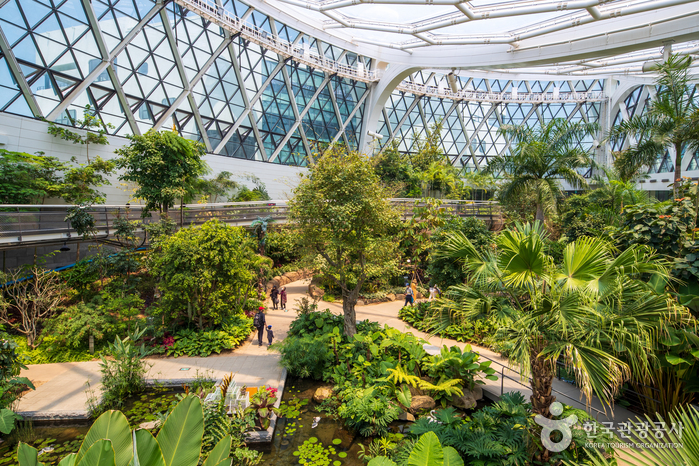
Key Attractions in Seoul Botanic Park
Beyond its major zones, Seoul Botanic Park has specific features that make each visit memorable:
- Themed Gardens: Explore a variety of themed gardens that showcase plant life from 12 global regions, including Australia, Africa, South America, and Europe. Each garden immerses visitors in landscapes inspired by these regions’ unique climates and ecosystems.
- Eco-Wetlands: The Wetlands area provides a habitat for native Korean species and a chance to observe them in their natural environment. Wooden walkways and observation points allow for a safe and enjoyable experience while viewing wildlife.
- Walking Trails and Picnic Spots: The park is filled with walking trails that take you through different landscapes, including forested areas, lake views, and garden paths. Picnics are encouraged in designated areas, making the park perfect for families and groups.
- Educational Programs and Workshops: Seoul Botanic Park offers various programs aimed at promoting ecological awareness. Guided tours, gardening workshops, and seasonal events are designed for visitors of all ages, emphasizing environmental conservation and biodiversity.
Seasonal Highlights at Seoul Botanic Park
Seoul Botanic Park transforms with each season, offering new sights and activities throughout the year:
- Spring: Cherry blossoms and tulips blanket the park, making it an ideal time for flower enthusiasts. The Open Forest and Botanic Garden are vibrant with new blooms, attracting photographers and families.
- Summer: The park turns into a green oasis with its thick foliage and tropical plants in full bloom. Shady spots make it a popular summer escape for picnics and relaxation.
- Autumn: A breathtaking time to visit, as trees turn brilliant shades of red, orange, and yellow. The Chrysanthemum Festival, held annually, brings unique flower arrangements that enhance the fall scenery.
- Winter: Although many plants lie dormant, the Glass Greenhouse remains a warm haven filled with tropical plants. Winter visits offer a tranquil experience, with fewer crowds and a cozy atmosphere indoors.
Practical Information for Visiting Seoul Botanic Park
Here’s what you need to know before planning your trip to Seoul Botanic Park:
- Operating Hours: Seoul Botanic Park is open daily from 9:00 AM to 6:00 PM, though hours may vary seasonally. The Glass Greenhouse typically closes around 5:00 PM, so plan accordingly.
- Entrance Fees: Admission to the main park area is free. Entry to the Glass Greenhouse costs around 5,000 KRW for adults, with discounts for children, seniors, and residents of Seoul.
- Please visit for more details: botanicpark.seoul.go.kr/eng
How to Get to Seoul Botanic Park
Seoul Botanic Park is conveniently accessible by public transportation:
- Subway: The nearest subway station is Magongnaru Station on Line 9 and the Airport Railroad Line. Take Exit 3, and the park entrance is just a short walk away.
- Bus: Multiple bus routes serve the Magok area. Use popular navigation apps to find the best routes and stops for reaching the park by bus.
Tips for Enjoying Seoul Botanic Park
To make the most of your visit, consider these tips:
- Visit on Weekdays: The park tends to get crowded on weekends, especially during festivals and spring or autumn peak seasons. Visiting on weekdays allows for a more peaceful experience.
- Bring a Picnic: Designated picnic areas are perfect for a leisurely meal in nature. Pack a picnic or grab food from nearby cafes and enjoy a meal with a scenic view.
- Check for Events and Workshops: The park frequently hosts seasonal events and workshops. Visit their website or inquire at the visitor center to find out about current programs and activities.
- Nearby Attractions: After exploring the park, check out the trendy cafes and restaurants in the Magok district. It’s a great area for foodies, with a variety of dining options.
Conclusion
Seoul Botanic Park offers a unique blend of natural beauty and cultural experiences in the heart of Seoul. From its expansive Glass Greenhouse to themed gardens and seasonal festivals, it’s an ideal spot for nature lovers, families, and anyone looking for a scenic escape. Plan your visit to explore the diverse flora, peaceful trails, and educational activities that make this park a standout destination in Seoul.
